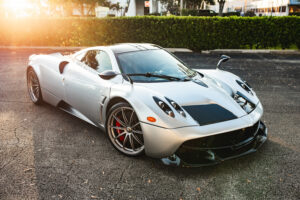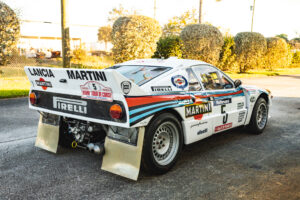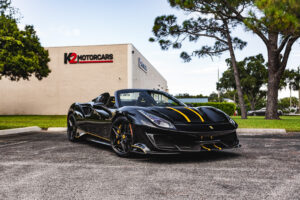2014 Pagani Huayra Tempesta
When it comes to SuperCar builders, a humble start is one of the foundations on which success is built. Horacio Pagani, growing up on the tree-lined streets of Casilda, Argentina, just an hour’s drive from stately Rosario, probably didn’t feel much like how Enzo Ferrari and Ferruccio Lamborghini got their starts. Horacio’s father, Luca, was a baker who worked with his hands every day to create edible masterpieces. Ferrari and Lamborghini similarly grew up in quiet communities not far from the bustle of proud, industrial cities, and they watched their fathers ply their trades by hand.
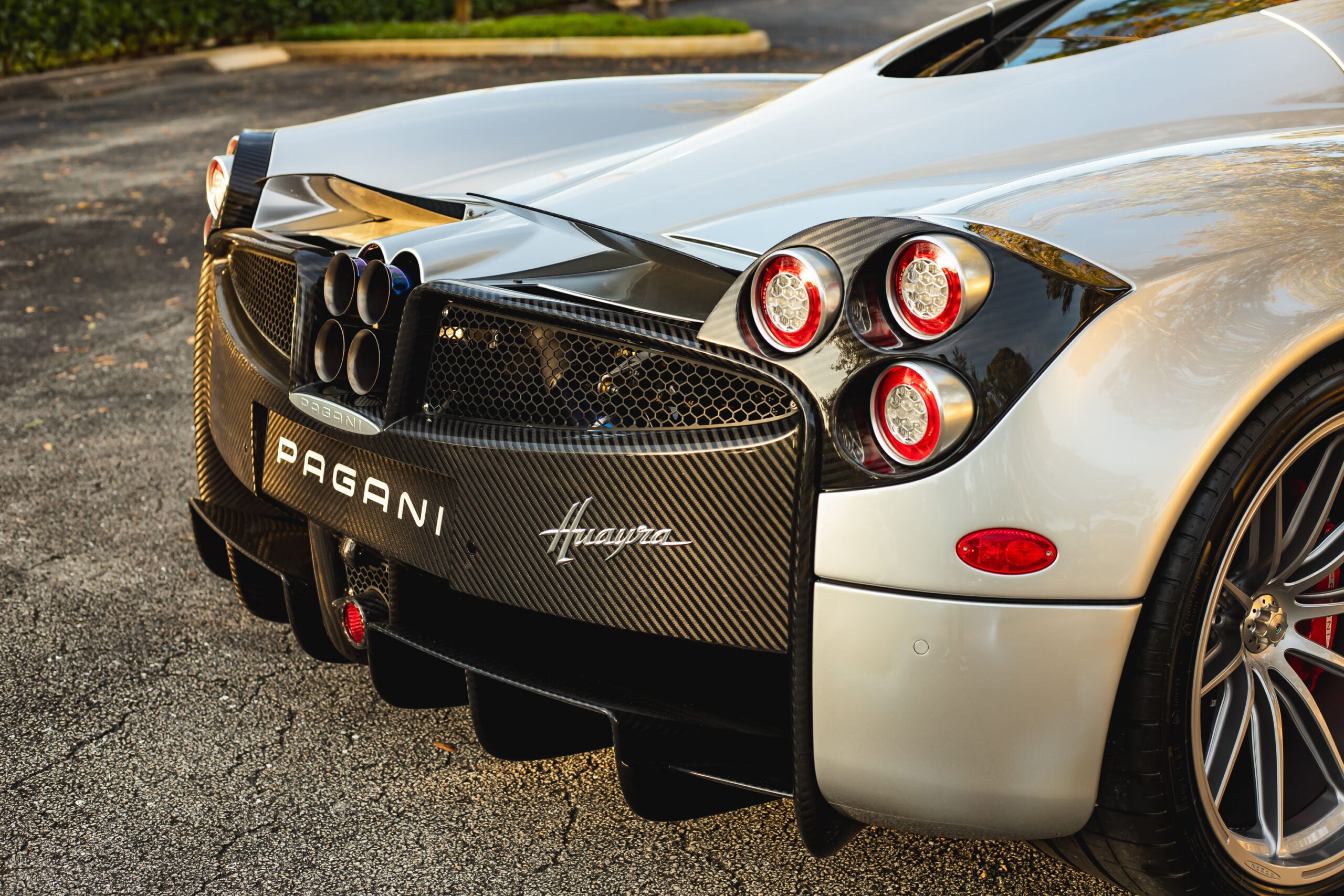
Pagani’s dedication and enthusiasm led to his hiring at Renault’s racing team, and eventually he coaxed his way into a job at Lamborghini. In Sant’Agata, his talents were soon recognized and he was handed the engineering reins in the mid-1980s. Lamborghini however was reluctant to invest in technology to build carbon-fiber parts. This prompted Horacio to start his own consulting firm in Modena with a focus on advanced composite materials just short of his 40th birthday.
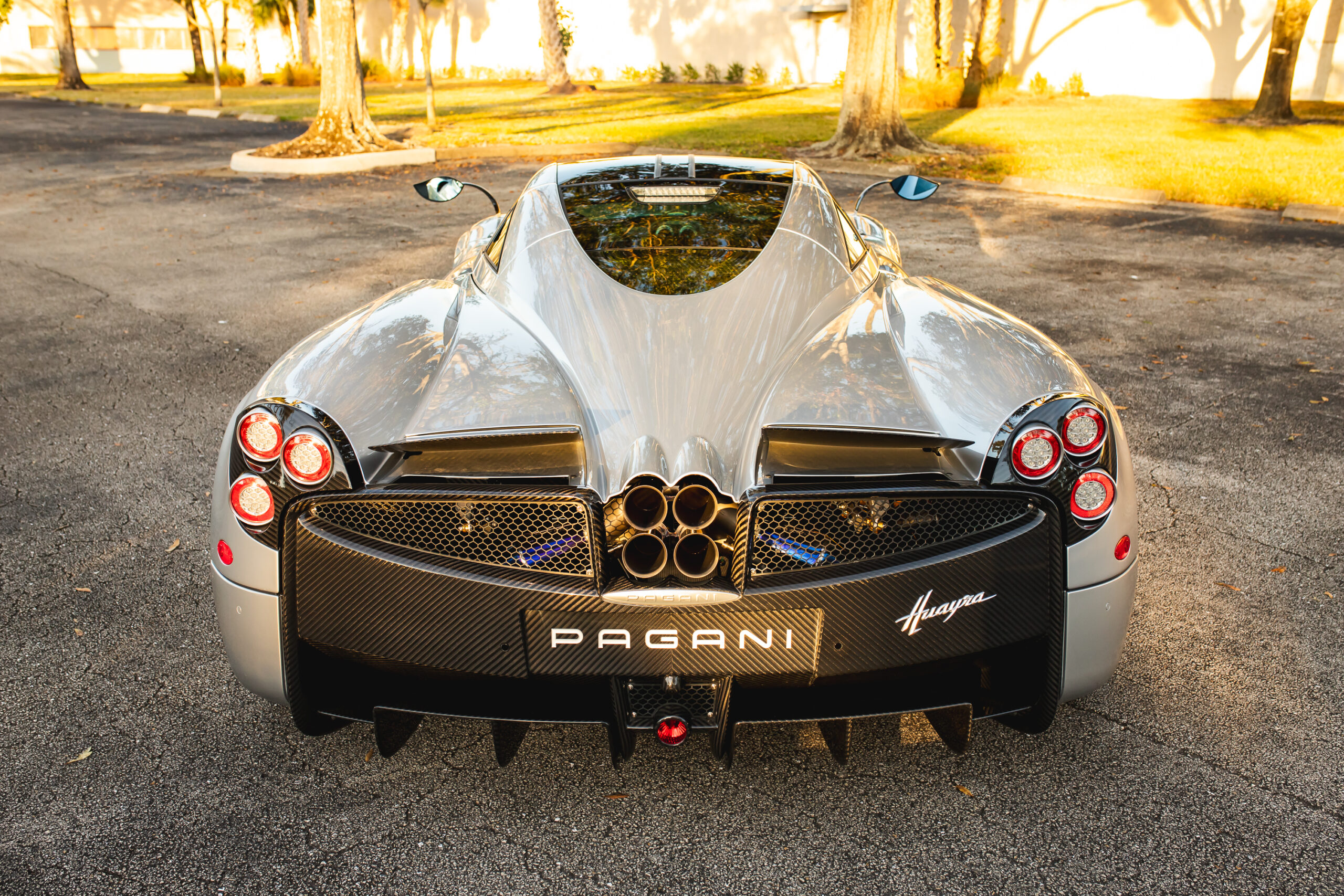
It was this base which quickly endeared the largely self-made Argentine-Italian to Italy’s top supercar builder.
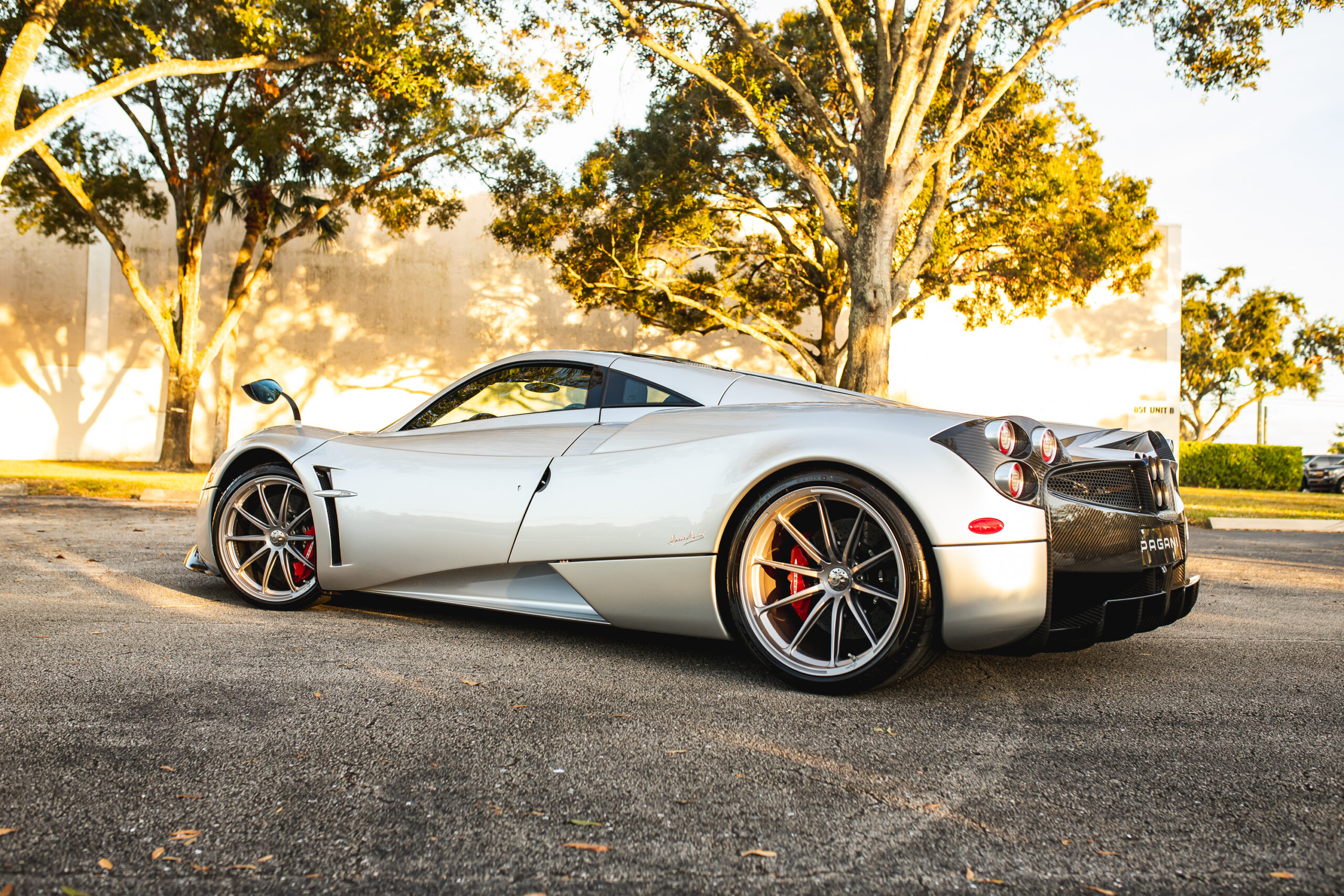
The 2000s was a great time for the world of SuperCars including some extraordinary examples such as the Bugatti Veyron, the Mercedes SLR, the Porsche Carrera GT, and the Ferrari Enzo. This led Horacio to rethink the future of the Zonda and what could be the next Pagani. Beginning as a concept in 2003 and known internally for 7 years as Project C9, Pagani unveiled the Zonda’s long-awaited successor in 2011. The Huayra, named after a Quechua wind god, took the market by storm almost immediately after its release.
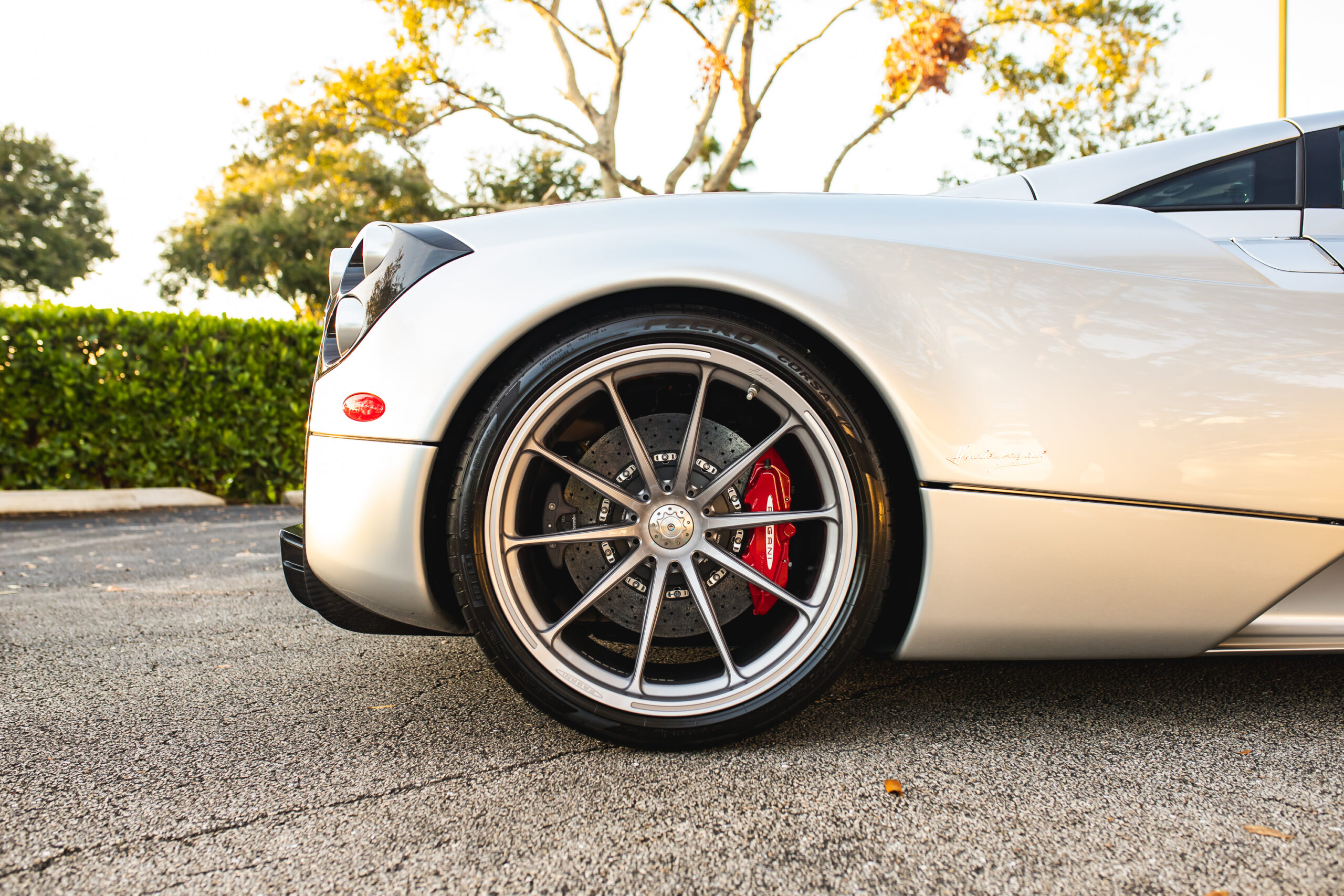
Active aerodynamics triggered by various sensors were integrated throughout the Huayra. The whole design is shaped as a wing, requiring a high front bumper to reduce the length of the body and counteract lift. The active suspension in the front and the four flaps around the car allow optimal balance between drag and downforce.
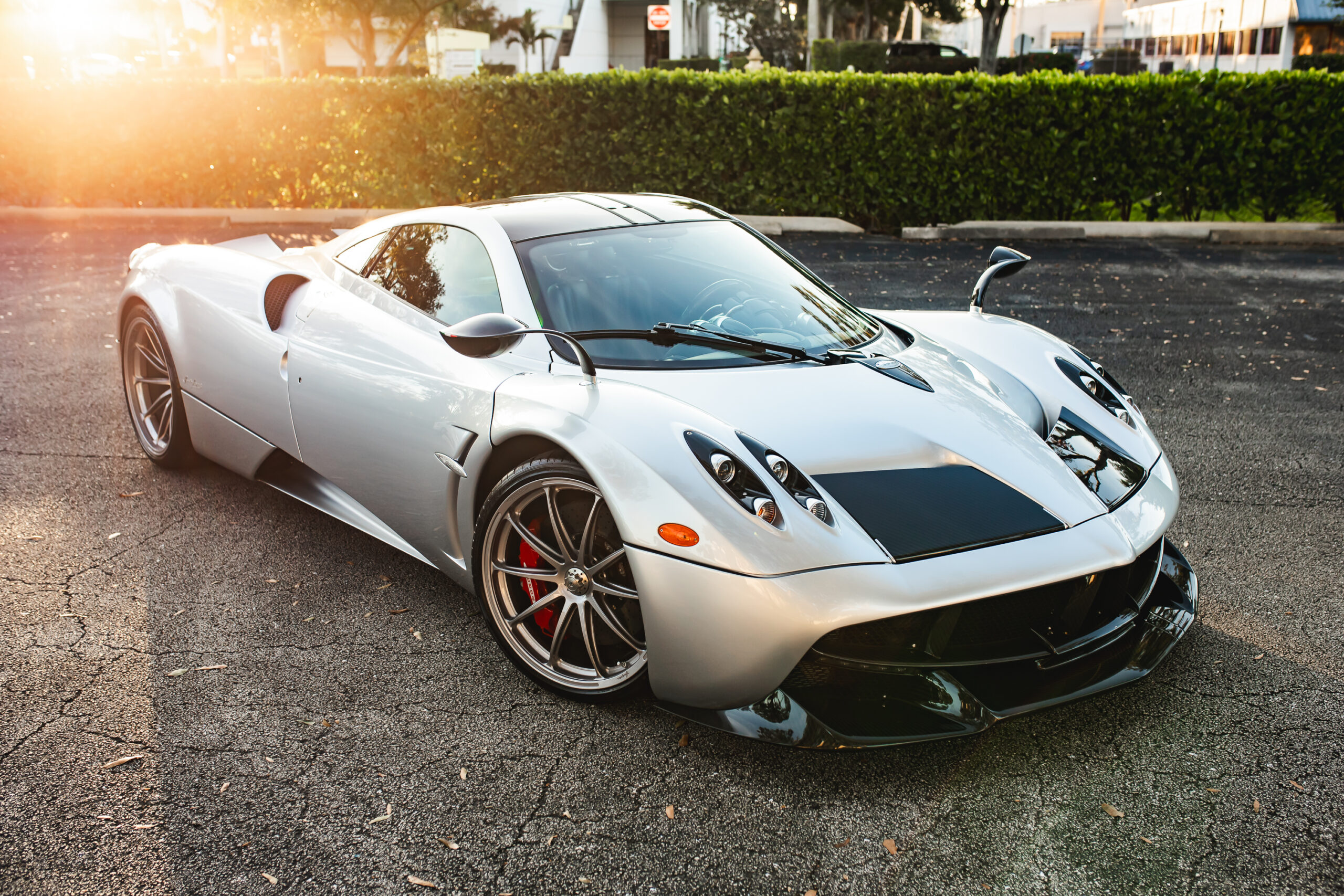
An AMG-Sourced BiTurbo V12 built by Michael Kübler specifically for Pagani produced more than 700 horsepower. Fortunately, Pirelli P Zero tires provide exceptional grip in all situations.
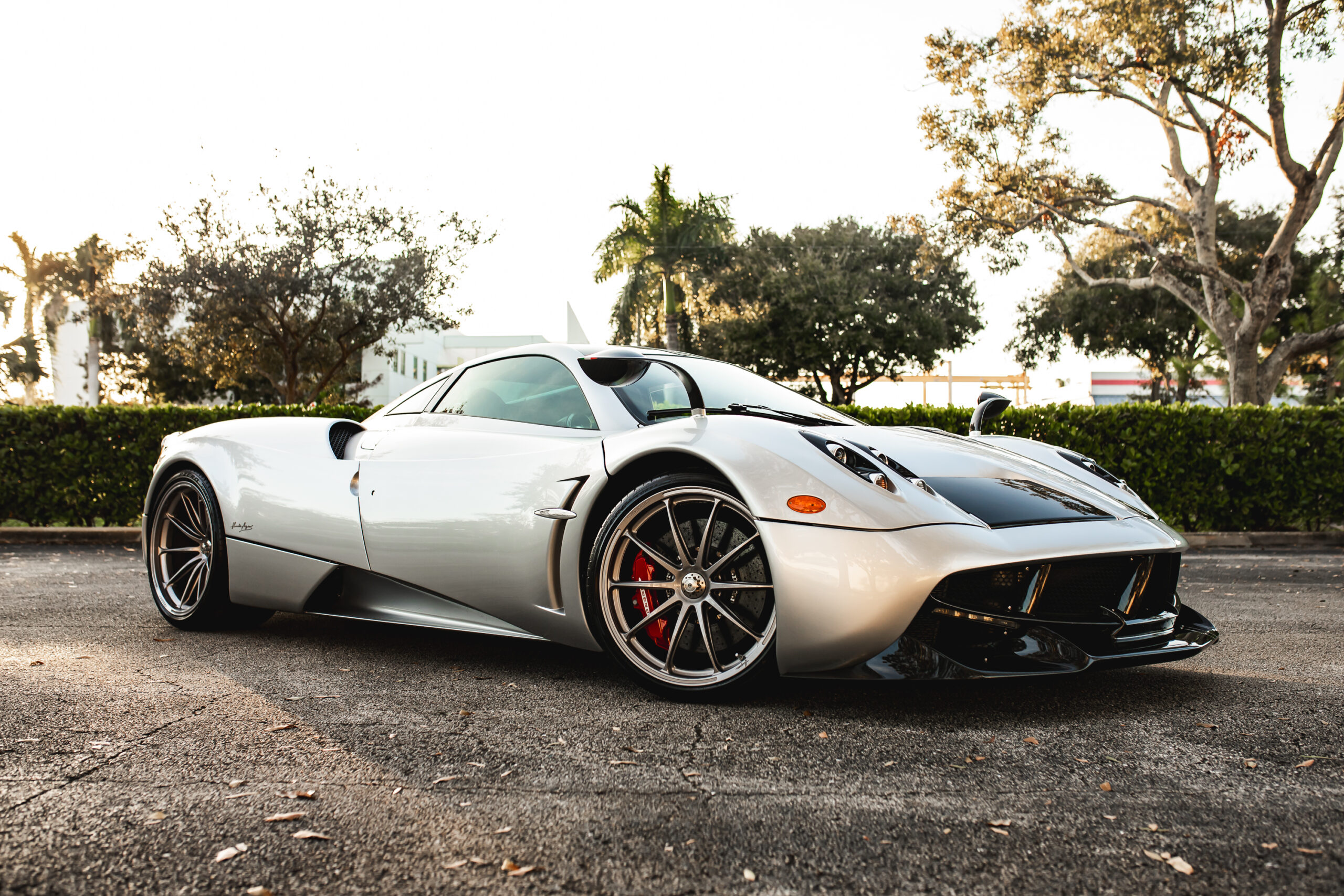
With only 100 units produced worldwide, the Pagani Huayra will always be the center of attention.

